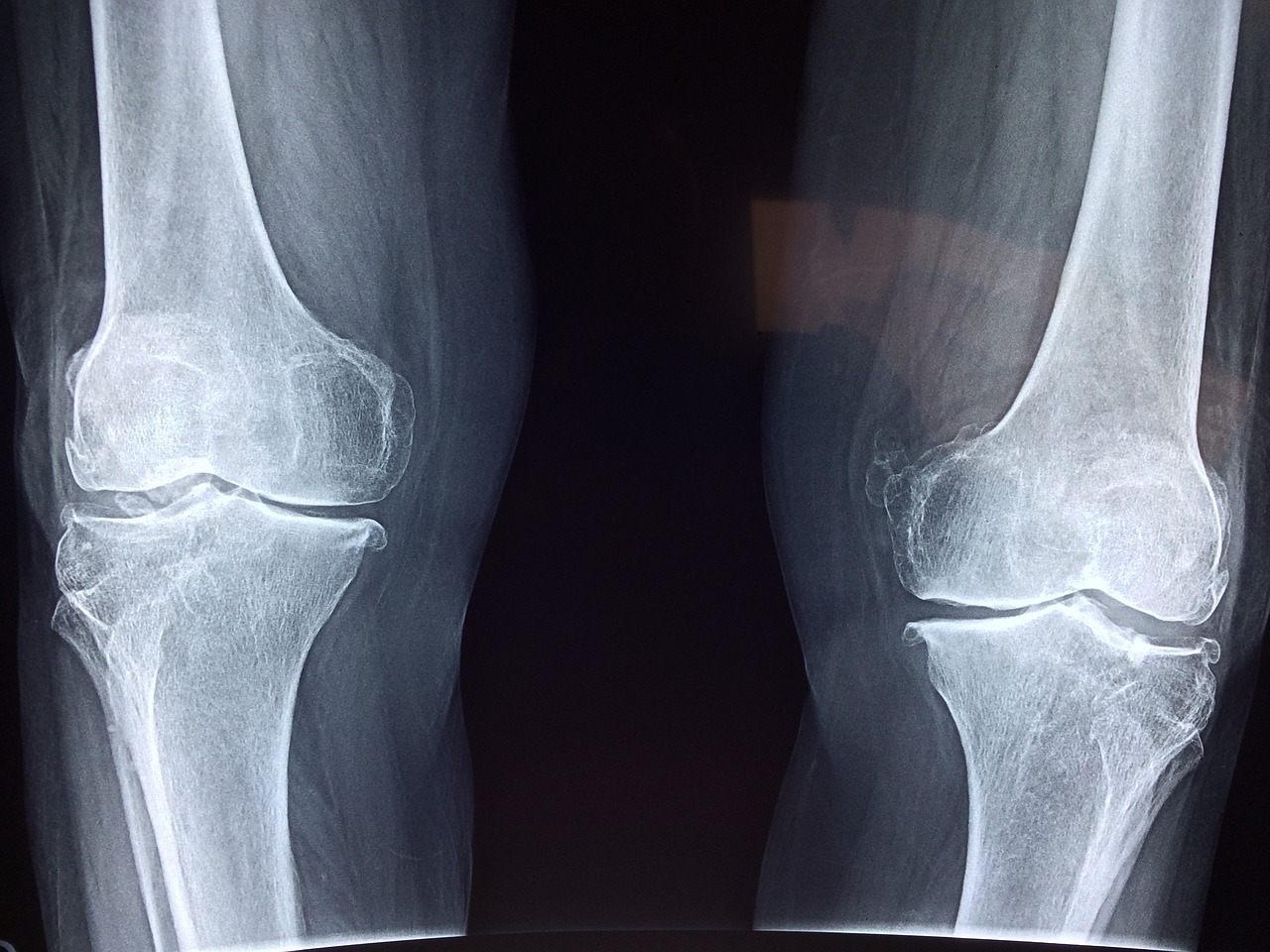Article Title:A mediaeval case of lepromatos leprosy from 13-14th century Orkney, Scotland
Abstract:
Erosion in the 1960s resulted in exposure of human skeletal remains from a Norse Christian cemetery at Newark Bay, Orkney, Scotland. One set of remains showed osteological evidence of advanced lepromatous leprosy, but the absence of bones from the lower limbs precluded definitive diagnosis. The aim of the present study was to determine whether Mycobacterium leprae could be detected in bone extracts, as a means of confirming the diagnosis of leprosy. Bone samples were examined from the suspected leprosy case and from a second contemporary burial thought to be free of disease. DNA was amplified by polymerase chain reaction (PCR) using primers specific for a repetitive element (RLEP) characteristic of M. leprae. Additional PCR tests specific for Mycobacterium tuberculosis and for amelogenin (a human gene suitable for sex determination) were also applied to the samples. M. leprae DNA was detected only in the skull sample from the suspected leprosy case. The DNA sequence was identical to that found in present day isolates of M. leprae. Positive results were obtained only using a PCR reaction designed to amplify relatively short stretches of DNA (<175bp), suggesting the microbial DNA had undergone extensive fragmentation. There was no evidence of M. tuberculosis DNA in bones from the leprosy suspect or control individual. The ability to recover ancient samples of DNA provides an opportunity to study long-term evolutionary changes that may affect the epidemiology of microbial pathogens. Copyright 2000 Academic Press
Keywords: lepromatous leprosy; PCR; ancient DNA
DOI: 10.1006/jasc.1999.0532
Source:JOURNAL OF ARCHAEOLOGICAL SCIENCE
Welcome to correct the error, please contact email: humanisticspider@gmail.com



